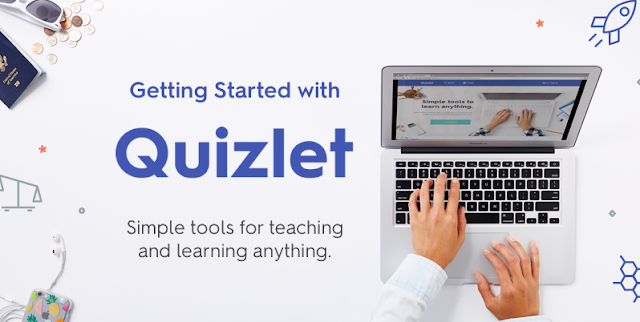Top secret... Mobile apps for learning!
Surprise! And me again! This time I am writing to you on a very entertaining topic - mobile applications. Sit back and enjoy reading.
There is a rapid increase in adoption of mobile technology for language teaching and learning. Mobile Assisted Language Learning (MALL) provides easy access for any learner without the constraints of both place and time. In Mobile Learning, devices like smartphones, ipad, tablet, laptop, iPad, personal audio devices (MP3/mp4 players) are implemented to scaffold language learning. Numerous apps are developed and utilized for those who learn English as a second language.
Above all, it is important to take into consideration the fact that incorporation m-learning into mainstream process of education should correlate with the principles of learning, such as:a) learners’ autonomy;
b) learning flexibility;
c) interactive way of learning;
d) feasibility;
e) correlation of m-learning to mainstream EFL training programs.
In this sense mobile training courses should offer the information that the students need quickly, conveniently, and without wasting time on irrelevant course content.
In our age of digital technologies, when electronic textbooks are increasingly used in the educational process and it is difficult to imagine learning without computers and tablets, there is a need to master new information technologies. I would like to consider the possibility of using QR codes in the educational process in English lessons, because I am sure that QR technologies have a huge pedagogical potential.
A QR code (Quick Response = Quick Response) is encoded information that is easily recognized by a phone camera or any tablet device. QR codes are visually presented in the form of black and white squares, and compared to other QR codes, the QR code combines several advantages: it can contain a large amount of digital and textual information in any language, high recognition speed, can be read in any direction.
In other words, a QR code is a square picture in which some information is encoded. It can be plain text, an Internet address, the coordinates of a place, or even a whole poem. Their special appearance makes it easier to read embedded data using modern mobile phones equipped with cameras. It is enough to point the phone's camera at the code and immediately get access to its contents.
With the widespread use of sufficiently powerful mobile phones equipped with built-in cameras, QR codes have begun to spread widely around the world.
Also, using the example of such an educational service as Quizlet, I want to tell you about its chips in the educational process.
Quizlet is a service that allows you to create flashcards with words yourself or find and use ready—made ones. Not only can you create different collections of words, but also inside the program there are several types of simulators for checking translation, writing, listening comprehension and just cool games.








Comments
Post a Comment